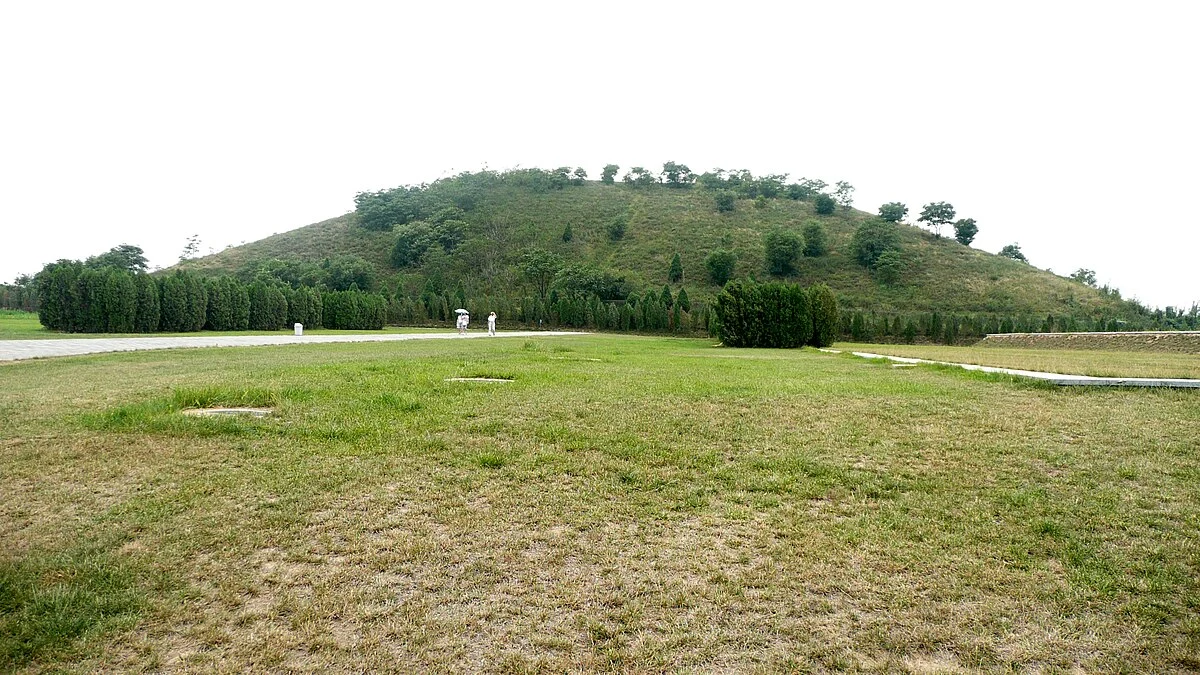The term Chinese pyramids refers to pyramidal shaped structures in China, most of which are ancient mausoleums and burial mounds built to house the remains of several early emperors of China and their imperial relatives.
About 38 of them are located around 25 kilometres (16 mi) – 35 kilometres (22 mi) north-west of Xi’an, on the Guanzhong Plains in Shaanxi Province.
The most famous is the Mausoleum of the First Qin Emperor, northeast of Xi’an and 1.7 km west of where the Terracotta Army was found.
Information available in the West
In 1667 the Jesuit Father Athanasius Kircher wrote about Chinese pyramids in his book China monumentis Illustrata.
The existence of “pyramids” in China remained little known in the Western world until the 1910s. They were documented in large numbers around Xian, first in 1912 by the Western traders Fred Meyer Schroder and Oscar Mamen, and also in 1913 by the expedition of Victor Segalen.
Sensational claims
U.S. Army Air Corps pilot James Gaussman is said to have seen a white jewel-topped pyramid during a flight between India and China during World War II. Colonel Maurice Sheahan, Far Eastern director of the Trans World Airline, gave an eyewitness account of his encounter with a pyramid in the March 28, 1947 edition of The New York Times. A photo of Sheahan’s pyramid appeared in The New York Sunday News on March 30, 1947. This photograph later became attributed to James Gaussman.
Despite claims to the contrary, the existence of these pyramid-shaped tomb mounds was known by scientists in the West before the publicity caused by the story in 1947.


